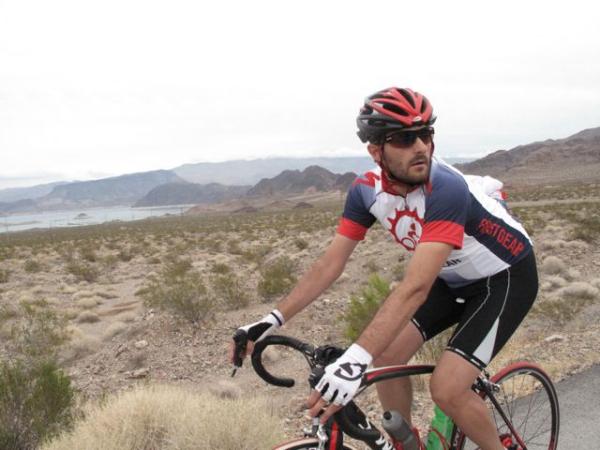10 conclusions from the Tour de France
Part 2: Nibali's place in history, time for France to seize the moment, Tinkoff-Saxo's Plan B
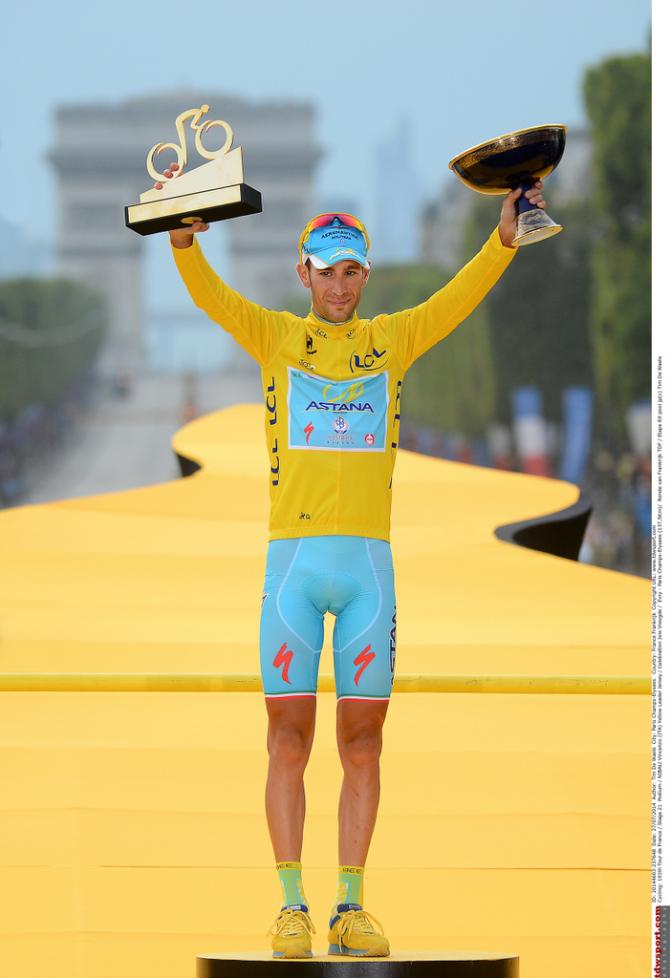
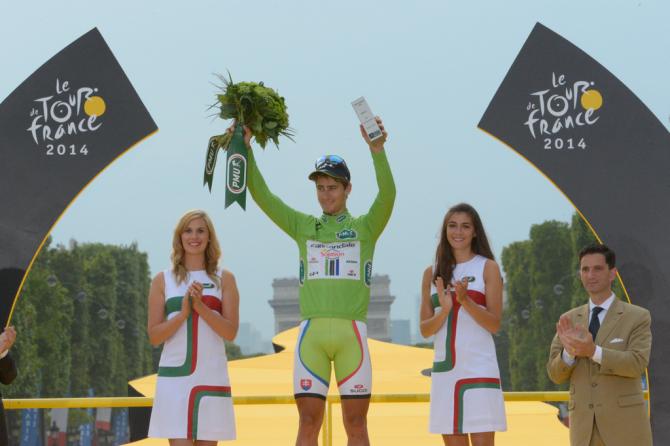
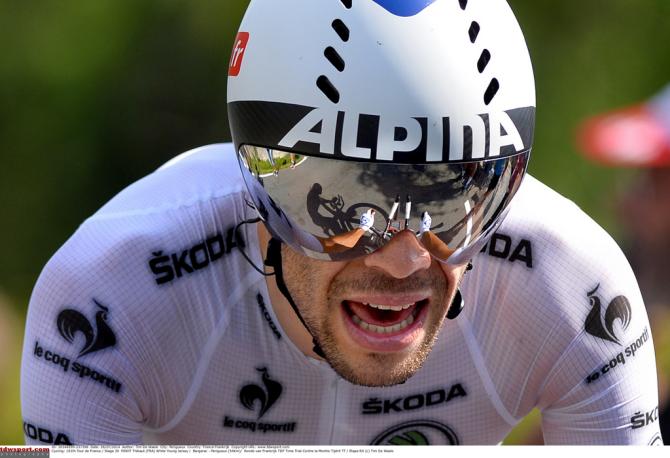
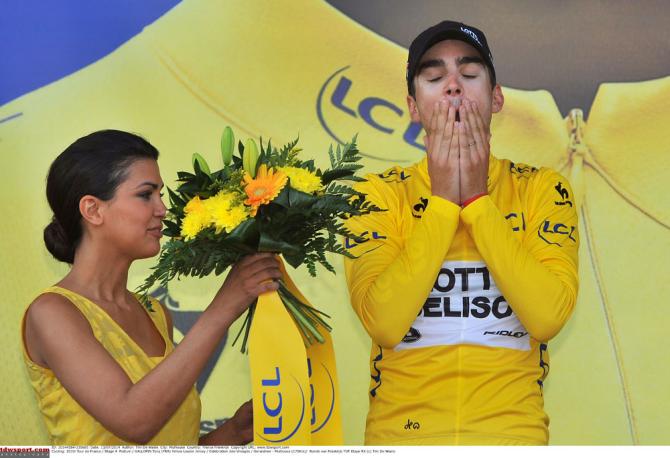
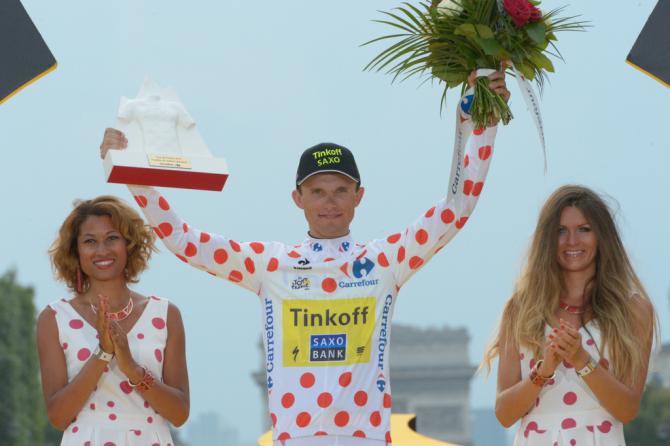
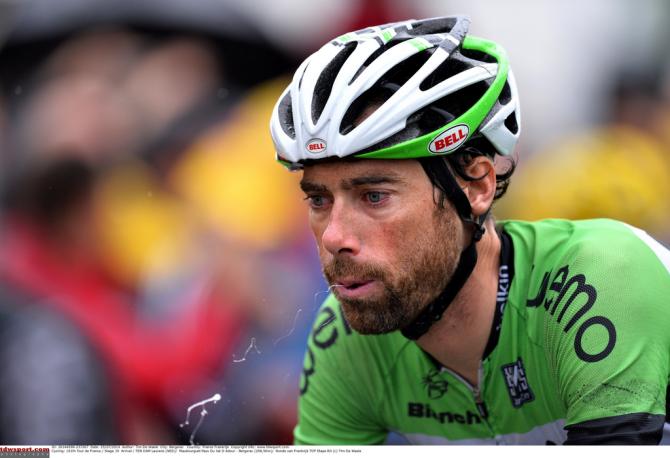
Read part 1 of the 10 conclusions here.
Nibali deserves his place in Grand Tour history
Vincenzo Nibali's victory at the Tour de France is his first Grand Boucle success but the Sicilian arguably deserves a place high up on cycling's Grand Tour roll of honour due to two other simple statistic and the significance of his victory for Italian cycling. Nibali is only the seventh Italian to ever win the Tour de France and only the sixth rider to have won all three Grand Tours.
He follows on from Marco Pantani (1998) in the list of Italian winners, with only Felice Gimondi (1965), Gastone Nencini (1960), Fausto Coppi (1949 and 1952), Gino Bartali (1938 and 1948) and Ottavio Bottecchia (1924 and 1925) preceeding him. All are considerd true 'campioni' of Italian cycling.
Nibali joins Jacques Anquetil, Felice Gimondi, Eddy Merckx, Benard Hinault and Alberto Contador as only the sixth rider in the history of the sport to have won all three Grand Tours.
Those are great facts for cycling historians but the importance of Nibali's victory for Italian cycling is far more significant and could not be more timely.
The sport of 'ciclismo' will always find inspire hardcore tifosi to read Gazzetta dello Sport, watch the Giro d'Italia from the road side and cheer on Italia at the world championships but the broader Italian public had become deeply disenchanted with professional cycling in recent times. Years of doping scandals, the tragic death of Marco Pantani and the lack of organisation and leadership by the Italian Cycling Federation has left the sport morally and economically bankrupt, and without a vision for the future.
Get The Leadout Newsletter
The latest race content, interviews, features, reviews and expert buying guides, direct to your inbox!
Nibali's victory, his consistency and his character has given Italy and Italian cycling a much needed injection of pride and self-belief, building on the seeds of optimism planted by Fabio Aru's success at the Giro d'Italia and Nibali's victory at the 2013 Giro d'Italia.
Cycling is becoming cool again in Italy, more and more people ride bikes for transport and for health reasons. Nibali can become a role model and example for millions of Italian struggling after a deep recession, just as Bradley Wiggins for British cyclists in 2012.
That could be Nibali's biggest success and earn him a special place in the history of Italian cycling. (SF)
French cycling must seize the momentum
While Nibali ran away with this year’s Tour and one Belgian journalist likened it to a café without any caffeine, there’s no doubt that the French enjoyed their best race in years. Two riders on the podium, stage wins and heroic rides from Peraud, Pinot and Bardet with all three of them unique enough to appeal to a myriad of cycling fans.
Now that an understandable level of patriotic giddiness has settled the three main players within the church of French cycling: ASO, the teams and the media must determine how they embrace and build in the opportunity they have created.
That process probably starts with the teams. Cedric Vasseur talked to Cyclingnews during the race and expressed that the French squads of AG2R and FDJ needed to internationalise their approach in terms of rider recruitment. However along with improving their rosters they must protect and nurture the talent they have fostered thus far. Bardet and Pinot are still young and we saw what happened to Pinot last year when the pressure was on. Perhaps the next aim for either might be to target a Vuelta or Giro win and use that as a stepping stone to Tour greatness as Quintana did this year.
In turn ASO must engage the riders at their disposal with routes that appeal to their characteristics. This year’s parcours suited all three French riders to varying degrees – Nibali was just so much better – but the race organisers no doubt be looking at returning to places like La Planche des Belles Filles in the near future.
Alex Roos, a reporter at L’Equipe told Cyclingnews that the French publication ran fifteen front pages in a row with French riders (three shared with Nibali) from 15th of July until the 29th. The publication rather understandably debated internally whether or not Contador crashing out or Pinot’s second place at La Planche des Belles Filles was the story of the day on the stage to 10, such was the appetite for home grown success.
“We gave more focus to the French riders,” he told Cyclingnews. “Without the French riders we would have had two weeks of Nibali smashing the race and we realised that while the Tour may have been a little bit boring for the Spanish and Belgians, for us Pinot, Bardet, and Peraud shaped the race.”
“More people were talking about the race and the French riders. The general French public have just discovered these three riders, especially Bardet and Peraud. Considering that there were still French media misspelling Pinot’s first name suggests that they were still discovering him too.”
The fact that national television stations sent crews to his native village of Melisey shows that the French are falling in love with new riders at the Tour. Even the French president has got in on the act, calling Pinot and Peraud personally. (DB)
Sagan’s surfeit of options
Like Sean Kelly and Erik Zabel before him, Peter Sagan has found winning stages at the Tour more difficult as his domination of the points competition continues. Kelly and Zabel, of course, became very different riders over the course of their reigns – the Irishman developed from a sprinter into a man capable of winning a grand tour, while Zabel’s speed was blunted as attempted to become a classics rider.
Sagan’s “problem” – and it’s debatable whether someone who wins the green jersey by 149 points really has a problem – is not so much that he has become a different rider, but that he remains so many different riders all at once. Capable of winning from bunch sprints or small group sprints, and by attacking on climbs, descents or even on cobbles, Sagan has so many weapons at his disposal that it can be a struggle to know which one to pick.
Stage 7 to Nancy was a case in point. After his Cannondale team had whittled down the peloton on the hilly finale, Sagan was the stand-out sprinter in the leading group, yet he opted to track Greg Van Avermaet’s move on the final climb rather than keep his powder dry for the sprint. The pair was inevitably caught within sight of the line, and the fact that Sagan still had the strength to place a close second to Matteo Trentin in the group sprint can only have added to his frustration at choosing the wrong option.
In Sagan’s defence, he is inevitably a marked man in such finales. At Sheffield, for instance, nobody was prepared to bring back Vincenzo Nibali and hand him a stage win, although Cannondale’s collective tactics that day left much to be desired.
As the Tour drew to a close, Sagan seemed to bristle at the suggestion that he might be frustrated by his failure to land a stage win, and like a centre-forward in football experiencing a goal drought, he can draw solace from the fact that he is getting into scoring positions and creating chances for himself. With a new set of teammates around him and new voice in his radio earpiece next year, Sagan might start finding the net more often. For now, a third green jersey at just 24 years of age is ample compensation. (BR)
Belkin blow out in the time trial
They say that there’s no such thing as bad press but the launch of the new Bianchi time trial bike at the Tour de France goes someway to buck that trend.
Heading into the final time trail Belkin had Bauke Mollema in seventh and Laurens ten Dam in eighth in the overall standings. The team would have bitten off the proverbial hand if they had been offered such a scenario at the start of the race but in the space of 54km both riders produced arguably two of the worst time trials of their careers. Mollema started cramping inside the first ten kilometres and lost close to ten minutes to stage winner Tony Martin. He finished in 140th place and with that dropped to tenth overall. Ten Dam only faired marginally better but still slipped to ninth. Credit must go to Konig, who produced a sensational ride but it was significantly disappointing day for the team and for Bianchi, who unveiled the new bike on the same day.
Bianchi told Cyclingnews that the team pushed for the new bikes but that they only tested them on the second rest day of the race. That’s one day of testing and no race practice. The Italian manufacturer stressed that the new bike provided much better data than the previous model and added that they put no pressure on Belkin to use the bikes. The team failed to return Cyclingnews’ requests for comment but to Mollema’s credit he admitted that he had made the wrong call. Speaking directly to Cyclingnews two days after the Tour, he said. “In tests the new bike was proven to be better than the old bike but I think I wasn’t used to the position and it was slightly different. I made the wrong decision to use the bike. I can’t say where I would have been if I used the old bike but had cramp after 10km and I never had that before. I knew it was risk. I couldn’t put any power on the pedals with the cramp. The race was over after 20km more or less. The old bike was on the roof and at one moment I thought about changing but the muscles was already fucked by then.” (DB)
Tinkoff-Saxo shows how Plan B can work
The Tour de France rarely follows a script prepared or planned by the 22 teams and 198 riders that start and the race that was especially true at this year's crash-strewn and dramatic race.
Many teams have more than one team leader or alternative goals in case their race takes a turn for the worst. Others are forced to change their hopes and ambitions as the Tour de France rolls on relentlessly. However turning things around mid-Tour is never easy and does not often work.
This year Team Sky, Tinkoff-Saxo and Lampre-Merida and Garmin-Sharp all had to switch to a Plan B after losing their team leaders but only Tinkoff-Saxo managed to save their Tour by creating success from failure, while Garmin-Sharp found consolation in a fine stage victory by Ramunas Navardauskas.
Team Sky put their hopes in Richie Porte after Chris Froome crashed out but the Tasmanian fell ill and struggled in the final week. Lampre-Merida lost Rui Costa due to illness and sprinter Sacha Modolo quit the race even earlier. Chris Horner became the team's best hope but did not have the form to make an impact on the race.
Tinkoff-Saxo saved their Tour thanks to stage victories by Michael Rogers and two by Rafal Majka in the mountains, which also secured him the climber's competition and the polka-dot jersey.
Team owner Oleg Tinkov, team manager Bjarne Riis and all the team had hoped to celebrate overall victory in Paris but learnt that at the Tour de France, just overcoming adversity can be satisfying. (SF)
Daniel Benson was the Editor in Chief at Cyclingnews.com between 2008 and 2022. Based in the UK, he joined the Cyclingnews team in 2008 as the site's first UK-based Managing Editor. In that time, he reported on over a dozen editions of the Tour de France, several World Championships, the Tour Down Under, Spring Classics, and the London 2012 Olympic Games. With the help of the excellent editorial team, he ran the coverage on Cyclingnews and has interviewed leading figures in the sport including UCI Presidents and Tour de France winners.
